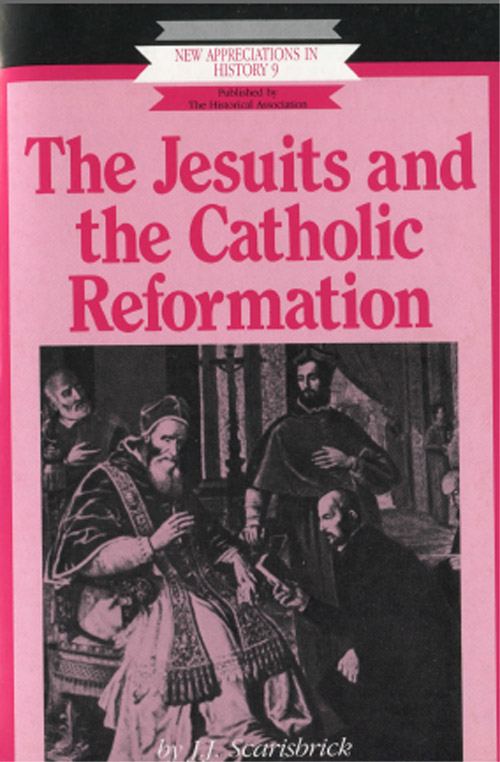The Jesuits and the Catholic Reformation
Classic Pamphlet

Catholic Renewal
The society of Jesus, formally approved by Pope Paul III in his bull Regimini Militantis Ecclesiae of September 1540, was one of many new religious orders of men and women - such as Barnabites, Capuchins, Oratorians, Piarists and Vincentians among the male orders, and Daughters and Sisters of Charity, Ursulines, Visitation and Mary Ward nuns among the female - which appeared during the sixteenth and seventeenth centuries. They were all, in their different ways, both fruit and expression of that renewal of European Catholicism commonly known today as the Catholic Reformation. The Jesuits were the most renowned of these new religious; whether they were as successful as they themselves usually claimed, their Catholic critics often believed and their Protestant opponents commonly feared is another matter. But they certainly had a resounding impact on post-Reformation Catholicism, on the history of Christianity as a whole and on the history of the world.
The Jesuits were the largest of the new orders of the Catholic Reformation. They were the most clerical and highly organised. They were the most Roman - for their Basque founder, Ignatius Loyola, committed to his Company, as he usually called it, to the service if the papacy and made Rome his headquarters. He was the first founder of a major order to do so. He remained in Rome until his death in 1556.
This resource is FREE for Secondary HA Members.
Non HA Members can get instant access for £3.49


